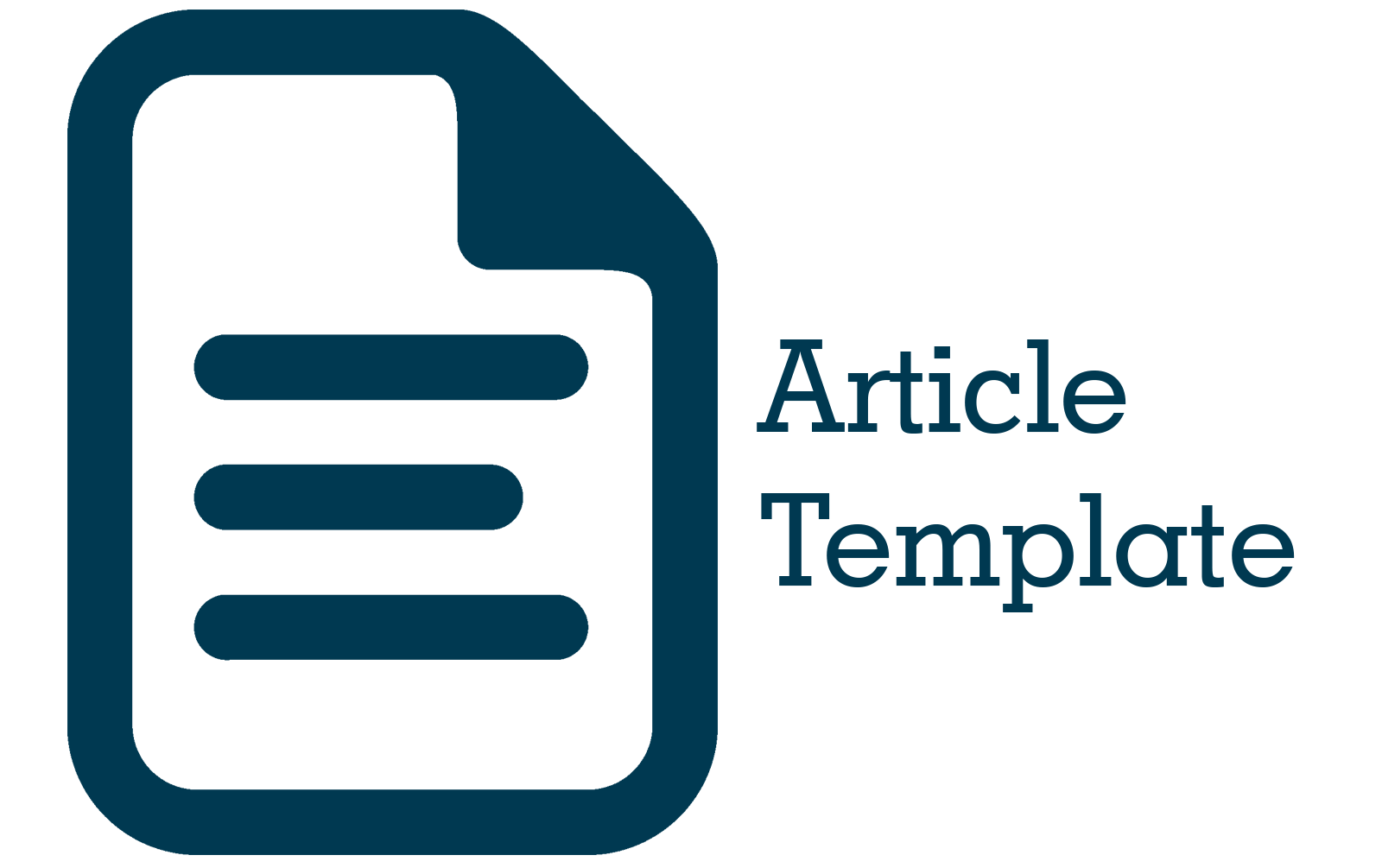Perancangan Fasilitas Kerja pada Stasiun Kerja Finish Goods untuk Mengurangi Keluhan Musculoskeletal Disorders (MSDs) dengan Menggunakan Pendekatan Antropometri
Abstract
Abstract. Work facilities that suit the needs of workers will create comfortable work with a low level of complaints. PT X is a company that produces ring gear, rocker arm, yoke, fly wheel asm, and propeller shaft. The company every month in 2022 received complaints from customers in the form of requests for repair of defective Ring Gear (RG) products. Based on the observation, the cause of the defect is the way the operator works at the RG finish goods workstation, because the operator at the workstation does the work of arranging the RG products from the inspection into the pallet repeatedly for 8 working hours. The height of the pallet base from the floor is only 10 cm high, causing the operator's posture to bend. As a result, the operator's concentration decreases. The research objective is to design a work facility in the form of a hydraulic pallet lifting device that can be adjusted in height based on anthropometric principles. The method used is the Nordic Body Map (NBM) questionnaire to determine complaints and assessment of pain felt by operators and the Recommended Weight Limit (RWL) method to identify work risks. The design of work facilities is carried out using an anthropometric approach. The results of the NBM questionnaire for 3 operators at the finish goods workstation, complained of pain in the lower back and wrists that could interfere with carrying out normal activities. The results of the RWL calculation destination the highest value in the activity of moving RG from the inspection table to the pallet with a value of 3.74 for RG small and 3.70 for RG medium, indicating a very high risk level, so it is necessary to make improvement efforts to reduce the LI value. After improvement, the highest LI value for RG small is 0.91 and for RG medium is 0.98, indicating a very low risk level, meaning there is no need for improvement.
Abstrak. Fasilitas kerja yang sesuai dengan kebutuhan pekerja akan menciptakan kerja yang nyaman dengan tingkat keluhan yang rendah. PT. X merupakan perusahaan yang memproduksi ring gear, rocker arm, yoke, fly wheel asm, dan propeller shaft. Perusahaan pada setiap bulan di tahun 2022 menerima komplain dari pelanggan berupa permintaan perbaikan produk Ring Gear (RG) cacat. Berdasarkan hasil observasi menunjukan penyebab kecacatan ialah cara kerja operator di stasiun kerja finish goods RG, karena operator di stasiun kerja tersebut dalam melakukan pekerjaan penyusunan produk RG hasil pemeriksaan ke dalam palet dilakukan secara berulang-ulang selama 8 jam kerja. Ketinggian dasar palet dari lantai hanya setinggi 10 cm, sehingga menyebabkan postur tubuh operator menjadi membungkuk. Akibatnya konsentrasi operator menurun. Tujuan penelitian merancang fasilitas kerja berupa alat pengangkat palet hidrolik yang dapat disesuaikan ketinggiannya berdasarkan prinsip antropometri. Metode yang digunakan yaitu kuesioner Nordic Body Map (NBM) untuk mengetahui keluhan serta penilaian rasa sakit yang dirasakan operator dan metode Recommended Weight Limit (RWL) untuk mengidentifikasi risiko kerja. Perancangan fasilitas kerja dilakukan dengan menggunakan pendekatan antropometri. Hasil dari kuesioner NBM untuk 3 operator di stasiun kerja finish goods, mengeluhkan nyeri pada bagian tubuh punggung bawah dan pergelangan tangan yang dapat mengganggu dalam menjalankan aktivitas normal. Hasil perhitungan RWL destination nilai tertinggi pada aktivitas pemindahan RG dari meja pemeriksaan kedalam palet dengan nilai 3,74 untuk RG small dan 3,70 untuk RG medium, menunjukan tingkat risiko sangat tinggi, sehingga perlu dilakukan upaya perbaikan untuk mengurangi nilai LI. Setelah perbaikan diperoleh nilai LI tertinggi untuk RG small 0,91 dan untuk RG medium 0,98, menunjukan tingkat risiko sangat rendah, artinya tidak perlu adanya perbaikan.
References
Teknik UNS. Seminar dan Konferensi Nasional IDEC 2019I. Surakarta, Indonesia, 2-3 Mei 2019. Surakarta: Universitas Negeri Sebelas Maret.
[2] Pramestari, D. (2017). Analisis postur tubuh pekerja menggunakan metode Ovako Work Posture Analysis System (OWAS). IKRAITH-Teknologi, 1(2), 22-29.
[3] Tarwaka, Bakri, S. H. A., dan Sudiajeng L. (2004). Ergonomi untuk keselamatan, kesehatan dan produktivitas. Surakarta: Uniba Press.
[4] Iridiastadi, H. dan Yassierli. (2016). Ergonomi suatu pengantar. Bandung: PT. Remaja Rosdakarya.
[5] Asad, N. R., Achiraeniwati, E., Rejeki, Y. S., & Pradana, A. (2018). Identifikasi Keluhan Pekerja Dan Pengukuran Tingkat Risiko Kerja dengan Pendekatan
Ergonomi untuk Mencegah Musculoskeletal Disorders (Msds)(Studi Kasus: Perusahaan Minuman Pt. X).
[6] Chandra, G. E. P. (2011). Perancangan alat bantu jalan kruk bagi penderita cedera dan cacat kaki. S1. Universitas Andalas, Padang.











